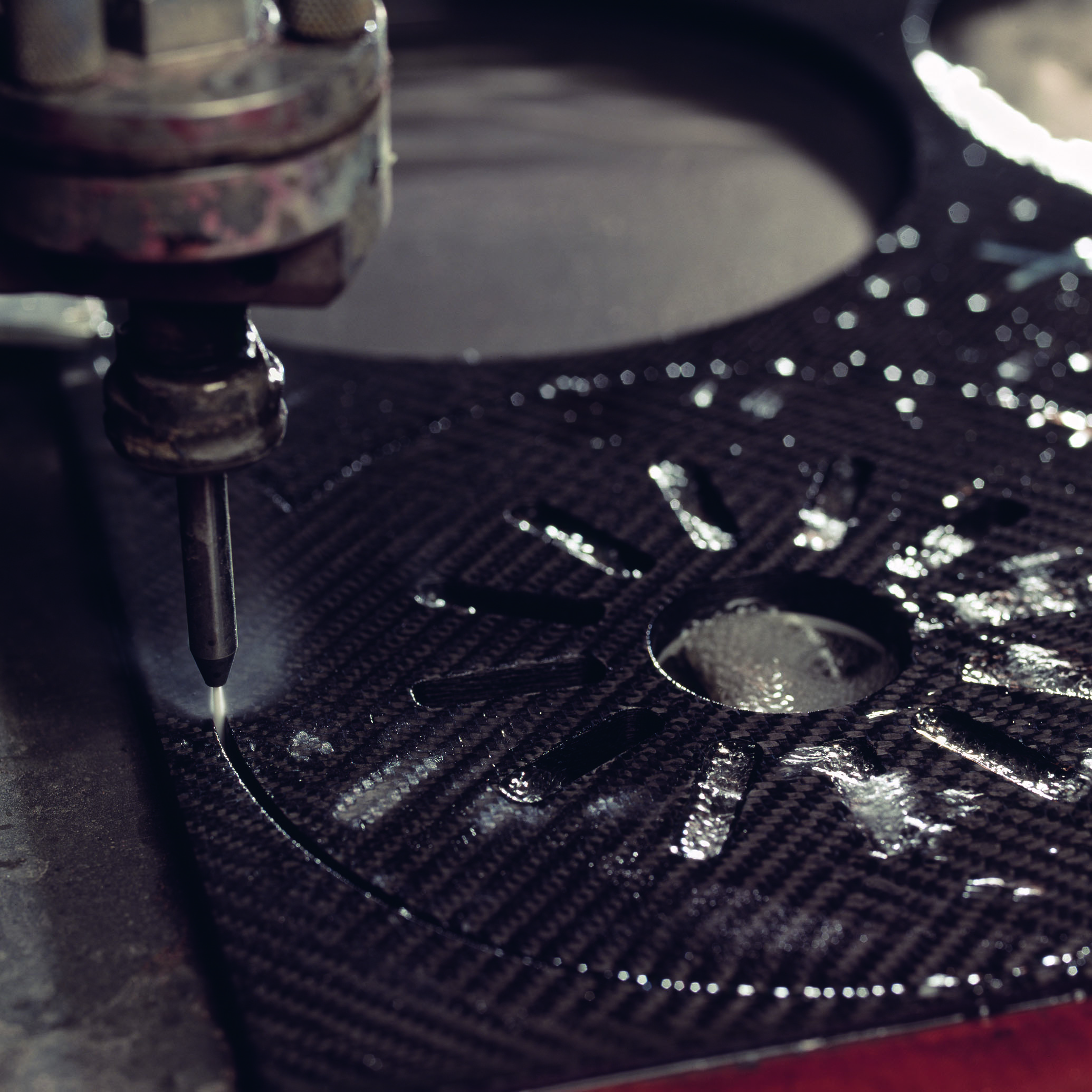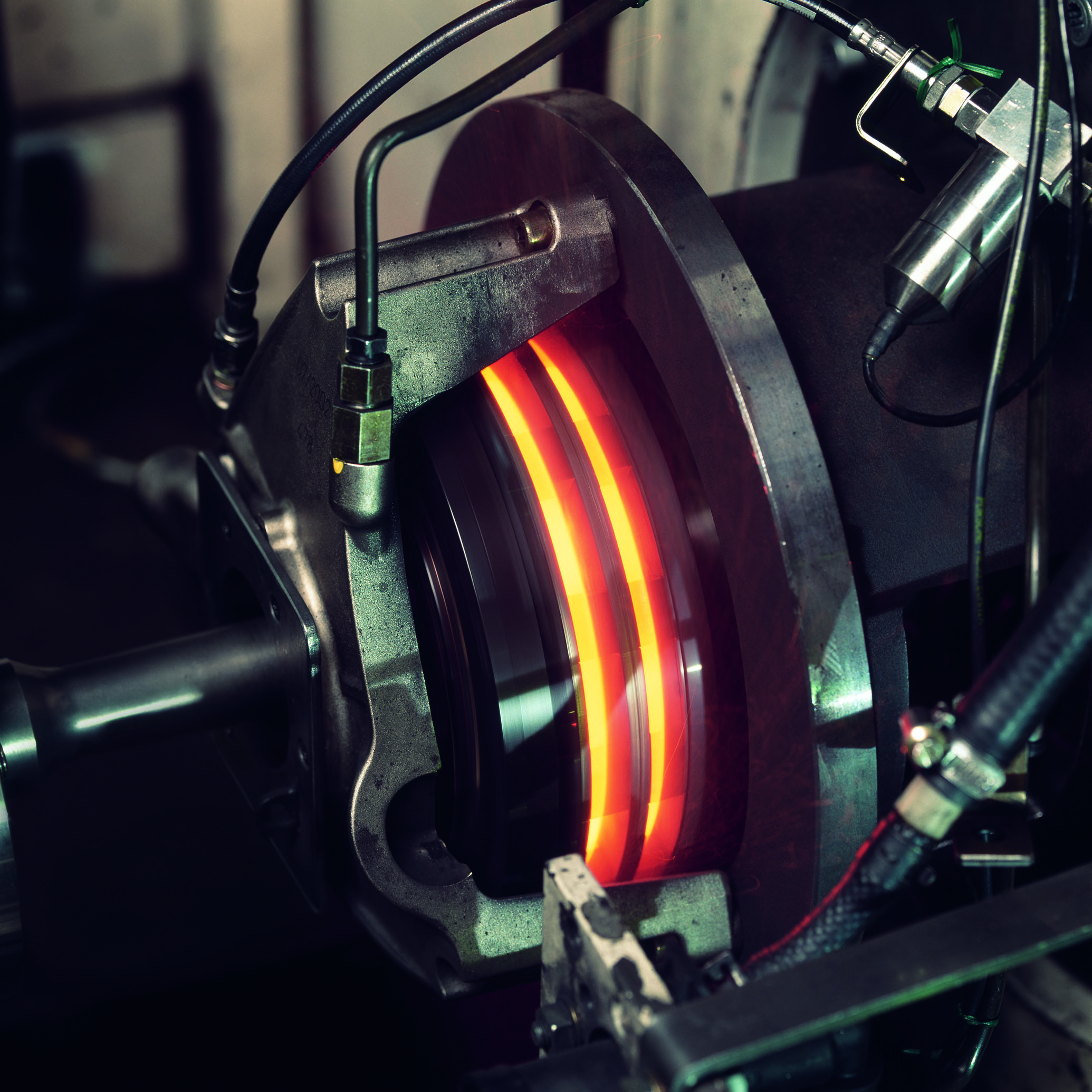Ask the average car enthusiast about the Porsche Carrera GT, and chances are the word “clutch” won’t be far off.
For years, the third pedal on this car has been a hot topic of discussion, amongst both those who have and haven’t driven one. But, few have actually studied Porsche’s thought process behind the CGT’s special clutch, and the method in which it operates.
As the project manager for the Carrera GT drivetrain, Mr. Bernd Ramler was the man responsible for the Carrera GT’s clutch. He sought to develop a clutch that was as small and lightweight as possible, and through the innovative use of silicon carbide material, his engineers came up with a clutch that was half the weight (7.7 lbs vs. 16.75 lbs) and half the size (6.65 in vs 11.5 in) of a contemporary 911 Turbo unit. This new “PCCC” was produced by the same supplier as Porsche’s PCCB brakes, SGL Brakes GmbH, located in Meitingen.
But, why go through all the trouble to develop a clutch slightly lighter and smaller than standard, especially if it would potentially sacrifice the drivability of the car? An article directly from Porsche back in March 2004 explains:
“In an engine that, thanks to dry-sump lubrication, has no oil pan extending toward the ground, the size of the clutch housing determines the ground clearance and therefore also affects the installation position of the engine. So the smaller the clutch and the shorter the distance between the middle of the crankshaft bearings and the underside of the engine case (98.5 millimeters/3.9 inches) in the Carrera GT, the lower the engine can be installed and the further the center of gravity ultimately drops.”
So, the installation of Porsche’s special clutch, in reality, hugely affected the potential dynamics of the Carrera GT.
As for drivability, it is true that early cars tested by the press had clutches that were not particularly easy to modulate from a dead stop. However, during the Carrera GT’s production run, Porsche did update the “anti-stall” feature embedded into the computer control unit to make standing starts easier. This updated feature was applied to all production Carrera GTs over time as they came back to the dealer for service, and thus, today, they all drive roughly the same (the myth of differences in 2004 vs. 2005 clutch units is just that, myth). The complaints about the Carrera GT’s clutch usually come from owners, or more likely, one-time drivers, who don’t know how to use this anti-stall system properly – use no throttle input, simply let the clutch out until it just reaches the bite point, and hold there as the computer meters the throttle appropriately.
So goes the story on one of the Carrera GTs most debated aspects. As an aside, few realize that the Carrera GT was originally slated to be the platform on which Porsche would debut its now-ubiquitous PDK gearbox. But, the engineers didn’t think it could realistically be achieved at the time, so a traditional 6-speed manual was developed in its place. What a stroke of luck that was for the future driving joy (and collectibility) of this car!


